Suvla Cabernet Sauvignon 2015
Some time ago a friend of mine threw a dinner party. In addition to her amazing food she also had wines from one of my favorite Turkish producers, Suvla, on hand. Including the Suvla Cabernet Sauvignon 2015. Quality at every level Suvla is a family owned wine producer established by Pınar Ellialtı and Selim Zafer Ellialtı in 2003. The vineyards are nestled in the historical Peninsula of Gallipoli, between the North Aegean coast and the Sea of Marmara where they cultivate a wide variety of grapes. The whites include Chardonnay, Sauvignon Blanc, Roussanne, and Marsanne. The reds include Cabernet Sauvignon, Merlot, Syrah, Cabernet Franc, Grenache Noir, Petit Verdot, and Pinot Noir.
Read More













